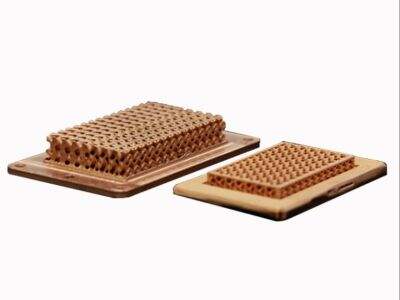In terms of 3D printing, the media focuses on what happens while something is being printed but often-times neglects an equally important step: post-processing. At Pulesheng Technology, we place the most neglected post-processing process in 3d printing service under our microscope to help you get your best results ever.
Ultimate Guide to Quality 3D Printing Post-Processing Methods
Post-processing is an important step of the 3D printing process which may be XIDI 13 required to clean, sand, paint and or add a surface coating/print to the generated parts. A good post processing method is the use of sandpaper to eliminate rough edges and other imperfections in the printed object. This tiny little step can make a world of difference in end product quality and visual appeal. You can also apply a primer and paint to make your 3d for printing look more professional. A further technique is vapor smoothing, wherein the printed object is contacted with a vapor that melts the surface layer and gives a smooth finish. Test-driving various post-processing techniques can assist you in locating the one that works best for your particular project.
3D Printing Post-Processing Best Tools and Material Sources
Choosing the right tools and materials for post-processing, whether on an individual part or a production run, will help determine the quality of your final part. You need to invest in a good sandpaper, primer, paint & finish: Pulesheng Technology. You can buy these tools and materials at your local hardware store or custom 3d printing specialty shop, or online.
Important Factors for Selection of Appropriate Post-Processing Methods:
When picking post-processing methods for your 3D printed item, material should be taken into account the type of materials they use for printing. Various methods of post-processing are used to reflect the desired finished surfaces for different materials. Some popular post processing methods are sanding, painting, and filling. It is also worth taking into account the intended use of the object while choosing post-processing procedures. If, for example, you'll regularly handle the object, you may consider a finish that's more robust. By weighing each of these you can select the best post-processing methods for your 3D printed part.
Professional 3D Printing: Post-Processing Techniques from the Experts:
To obtain professional 3D printing post-processing results is necessary to use best practices and consult with professionals. According to the experts, it helps to begin with a good 3D printer and your choice of materials. Also make sure to follow the post-processing instructions carefully and take your time for each step. The above handy tips can help achieve professional post-processing results in 3D printing on account of focusing on detail and consulting with specialist. As with anything, practice perfection and don’t be afraid to give different techniques a try to see what works best for your project. If you care enough and have attention to details, then with Pulesheng Technology, professional results can be obtained in 3D printing post processing.



